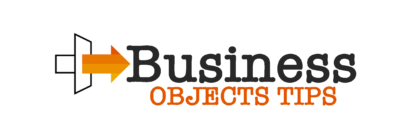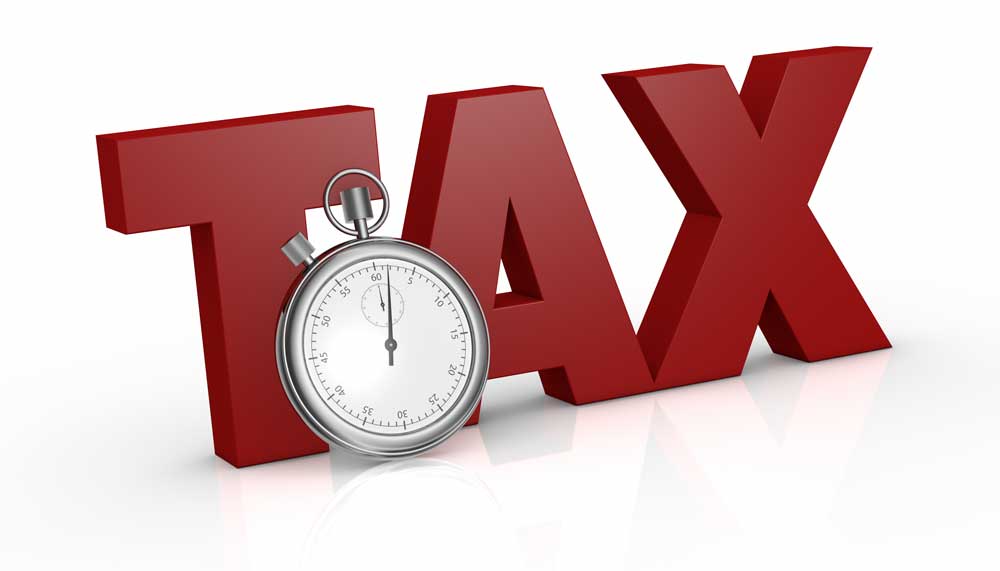The tax reduction policy, as expected, would lead to a reduction in Government revenue. However, the expansion of the economy, mainly due to the increase in the supply of infrastructure services, would increase tax collection and more than offset the consequent reduction in the tax reduction policy.
Thus, the combination of the two policies would increase the competitiveness of the productive sector, without harming the public sector’s budget. With the implementation of policies, GDP would show positive and more significant growth rates in response to the policy of increasing the supply of services in the infrastructure. There would also be a gain in utility for consumers, that is, the economy would benefit as a whole. Using the sales tax calculator zip code makes the whole process of submitting the tax much easier.
The Right Practices
Regardless of these specific tips, we also have to take into account that a good general practice to correctly manage the costs caused by travel within the company is to carry out a mobility study of the company. This will allow us to identify points for improvement and avoid unnecessary costs in the management of business mobility. To carry out a good mobility analysis, basic factors that will determine the structure and resources are needed: be clear about who are the people who will travel to fulfill their functions, identify the departments that travel and the casuistry of their trips, estimate the geographic area reached by the business and the frequency of trips. With this study and the advice described above, you will have your company’s travel expenses under control.
- The present study aims to present the relationship between Taxes, Fees and Contributions and Sales of Goods, Products and Services from a company energy service provider, aiming to demonstrate whether there is a direct or indirect relationship between the two variables (taxes and sales).
- In the comparison between the years 2014 and 2013, it was found that sales of goods, products and services grew by 22%, while taxes, fees and contributions grew by only 11%. From these data, affirm that there was an increase in both variables, thus having a direct relationship, but disproportionate, as the increase in taxes, fees and contributions was 52% lower increase in sales of goods, products and services.
Finally, when comparing the years 2015 and 2014, it was found that sales of goods, products and services grew 45%, while taxes, fees and contributions grew by 138%. From these data, it can be stated again that there was an increase in the two variables, thus having a relationship direct, but disproportionate, since the increase in taxes, fees and contributions was 208%greater than the increase in sales of goods, products and services.
The Conclusion
In conclusion, we turn to the hypothesis where it is possible to think that the behavior of the values taxed is committed to the behavior of the billing value where increase in taxes brings increased sales, even if it is not directly proportional.


